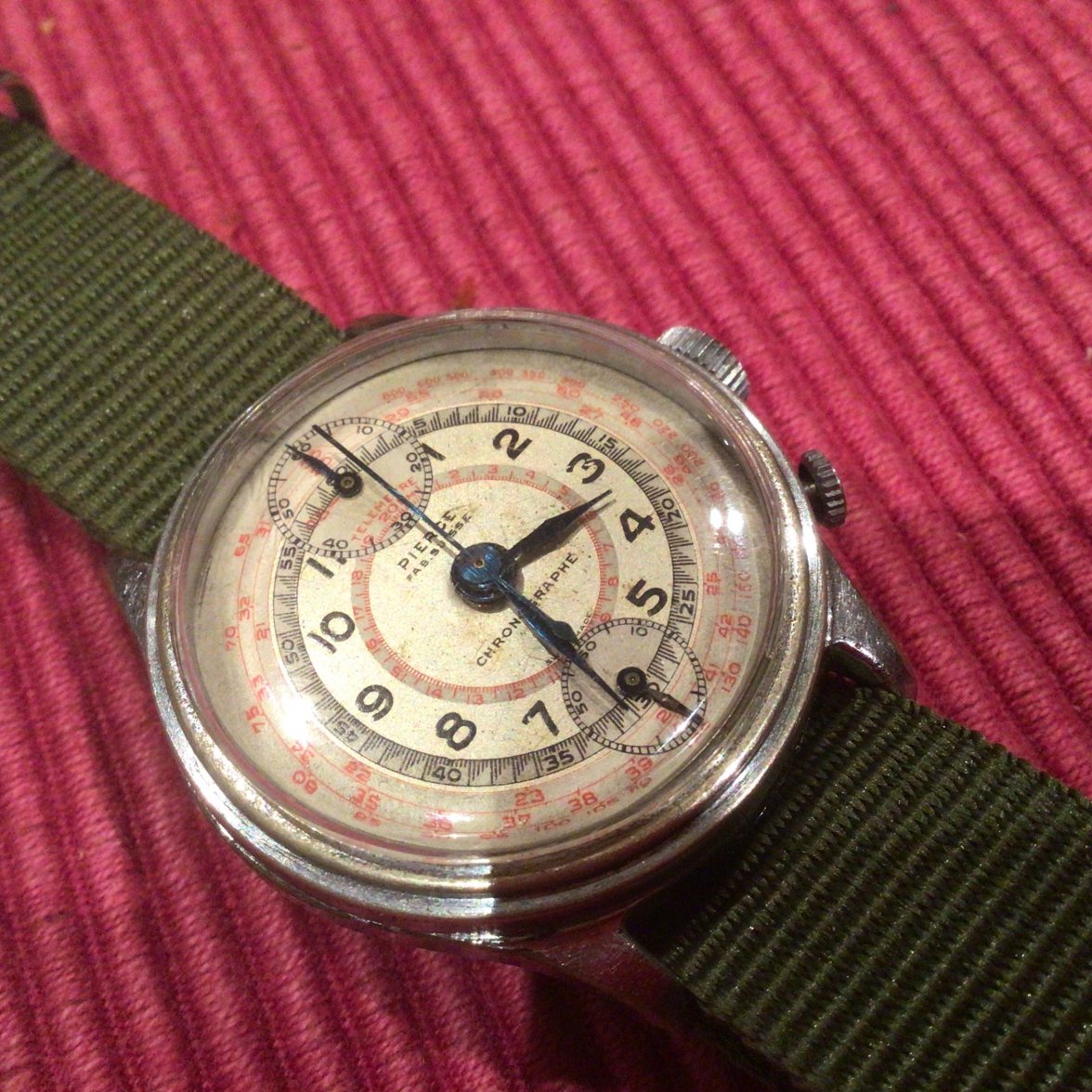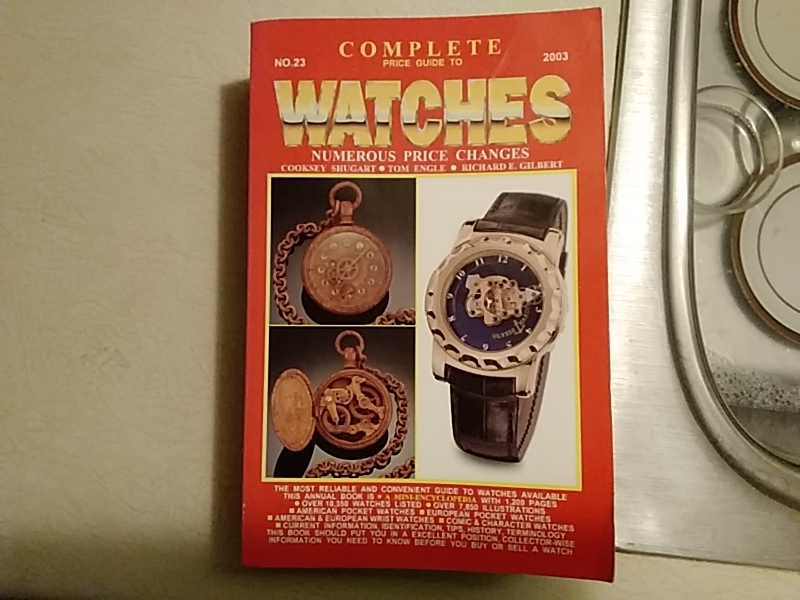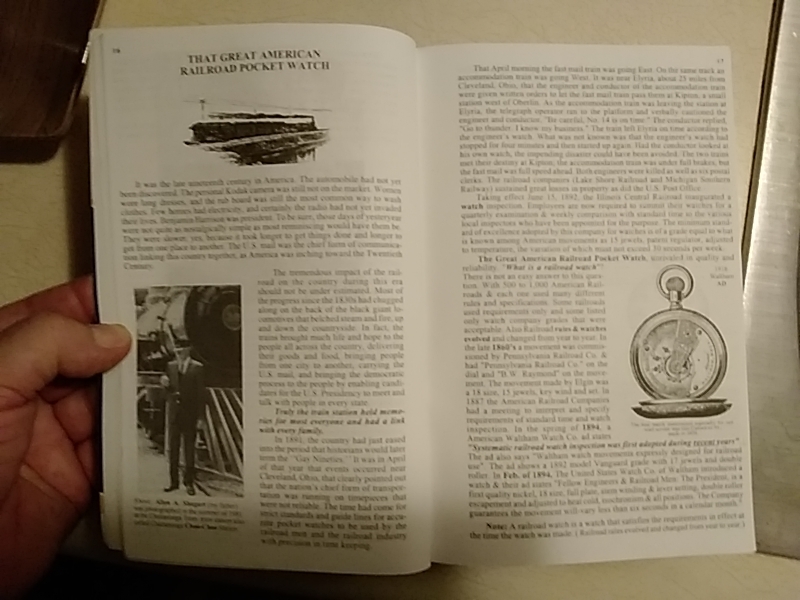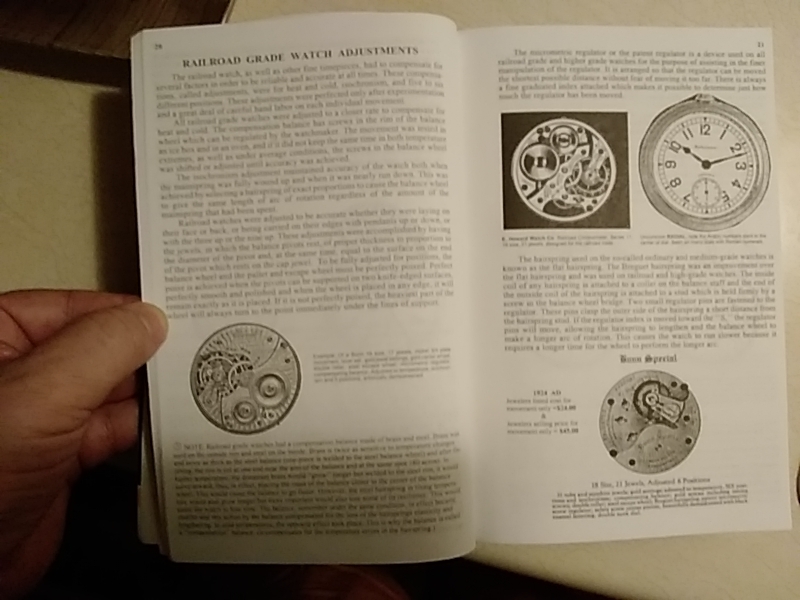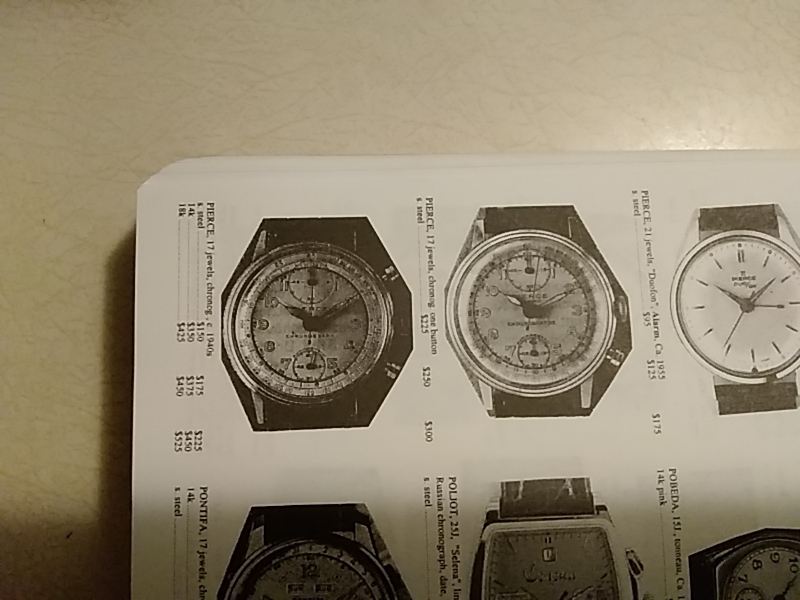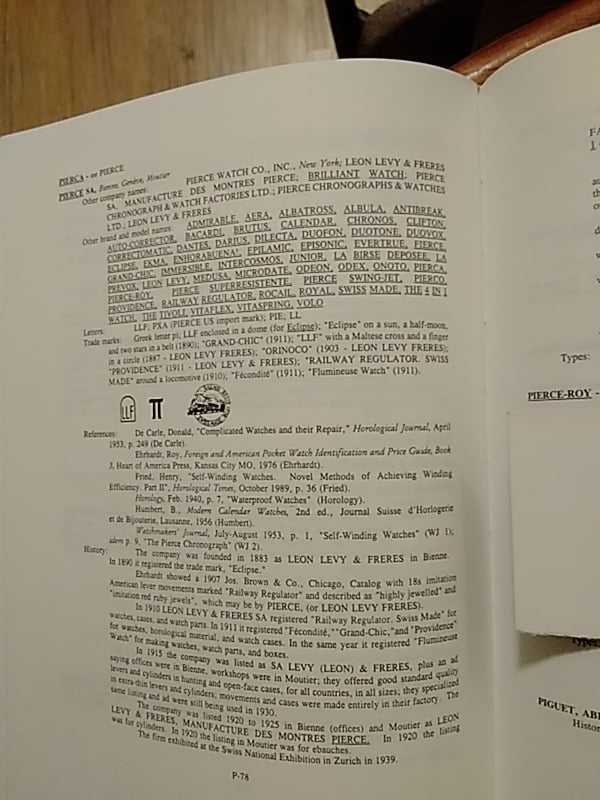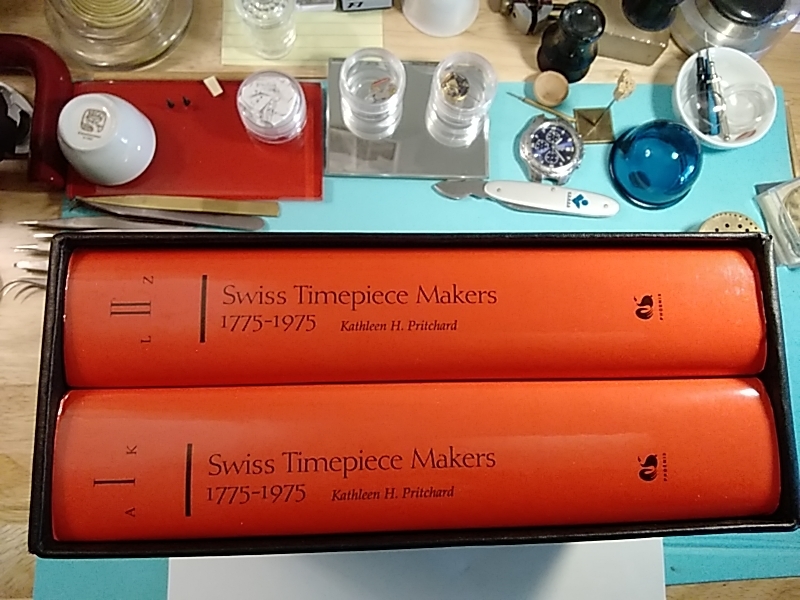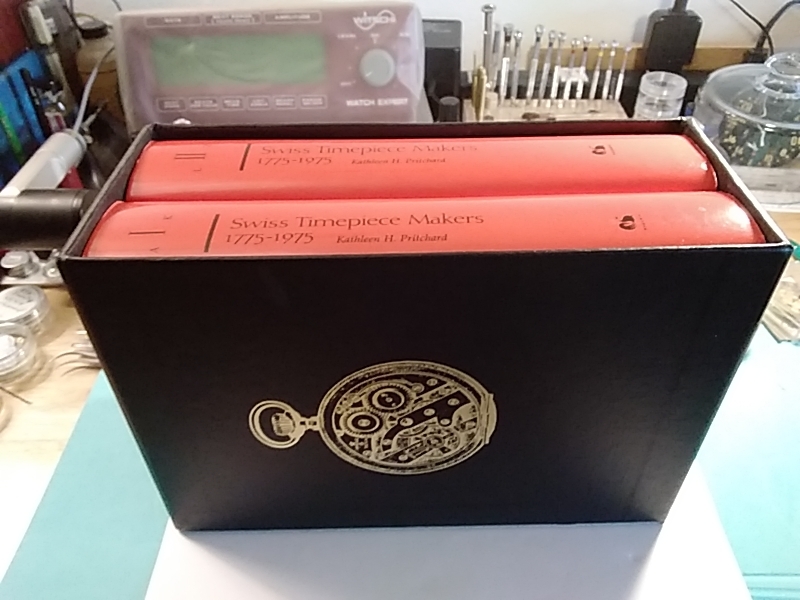Pianotuna
·OF members, a question posed by my recent acquisition of a Pierce chronograph which I believe to be a mid 1940’s model rather than the c.1950 listed in its advertisement. The tachymetre runs only to ‘800’ and thus the main question, does the tachymetre and/or sub-dials, provide accurate guidance as to a watch’s age in the absence of reliable company data?
For example the earlier Pierce chronograph (130) had an inner spiral index that only ran to ‘400’ or ‘500’. The early 134’s similarly.
As land and airspeed records continued to tumble in those heady days did watch manufacturers adjust their dials to suit? With Yeager breaking the sound barrier in 1947 did that sensational aviation record force a rethink among watch makers who with their chronographs were targeting this very industry?
I believe Breitling for instance, from 1947 put three-minute markers on sub dials so one could keep a track of the cost of trans-Atlantic calls.
Just curious on the matter. Appreciate anyone’s input.
just a pic to illustrate. M
For example the earlier Pierce chronograph (130) had an inner spiral index that only ran to ‘400’ or ‘500’. The early 134’s similarly.
As land and airspeed records continued to tumble in those heady days did watch manufacturers adjust their dials to suit? With Yeager breaking the sound barrier in 1947 did that sensational aviation record force a rethink among watch makers who with their chronographs were targeting this very industry?
I believe Breitling for instance, from 1947 put three-minute markers on sub dials so one could keep a track of the cost of trans-Atlantic calls.
Just curious on the matter. Appreciate anyone’s input.
just a pic to illustrate. M
